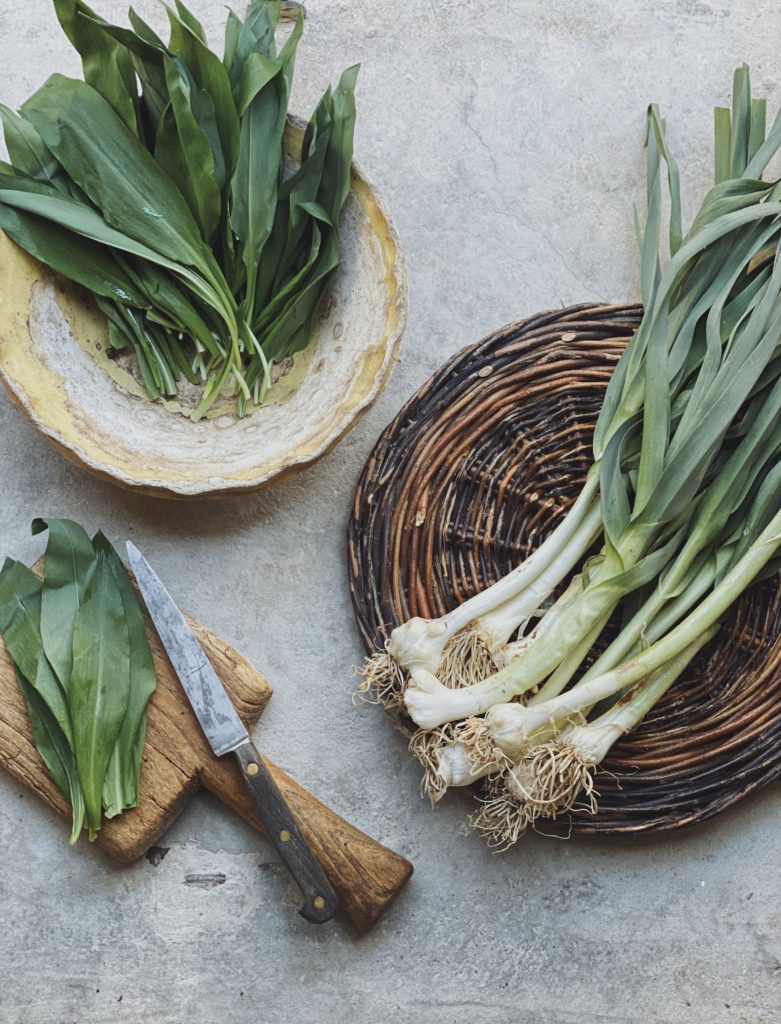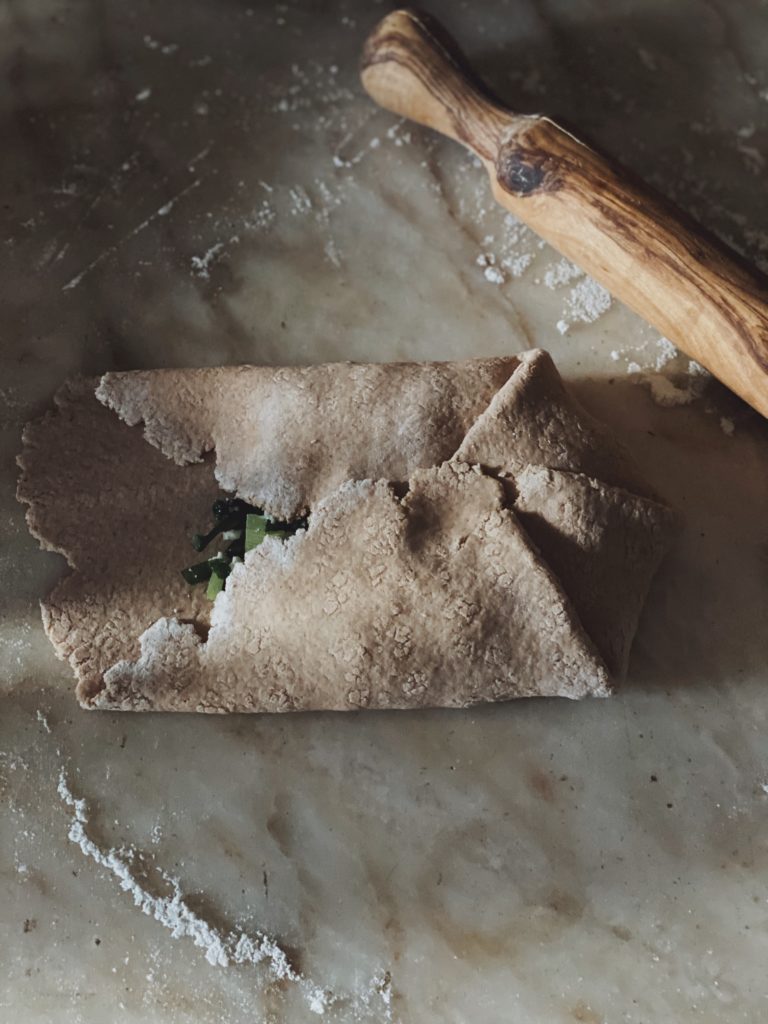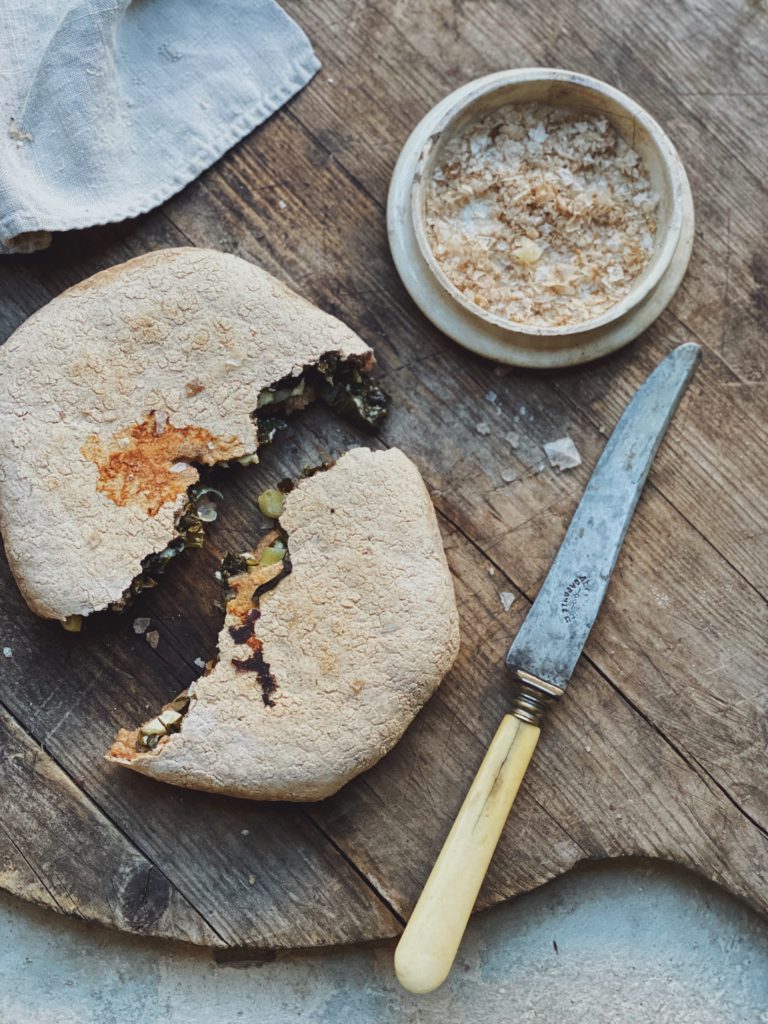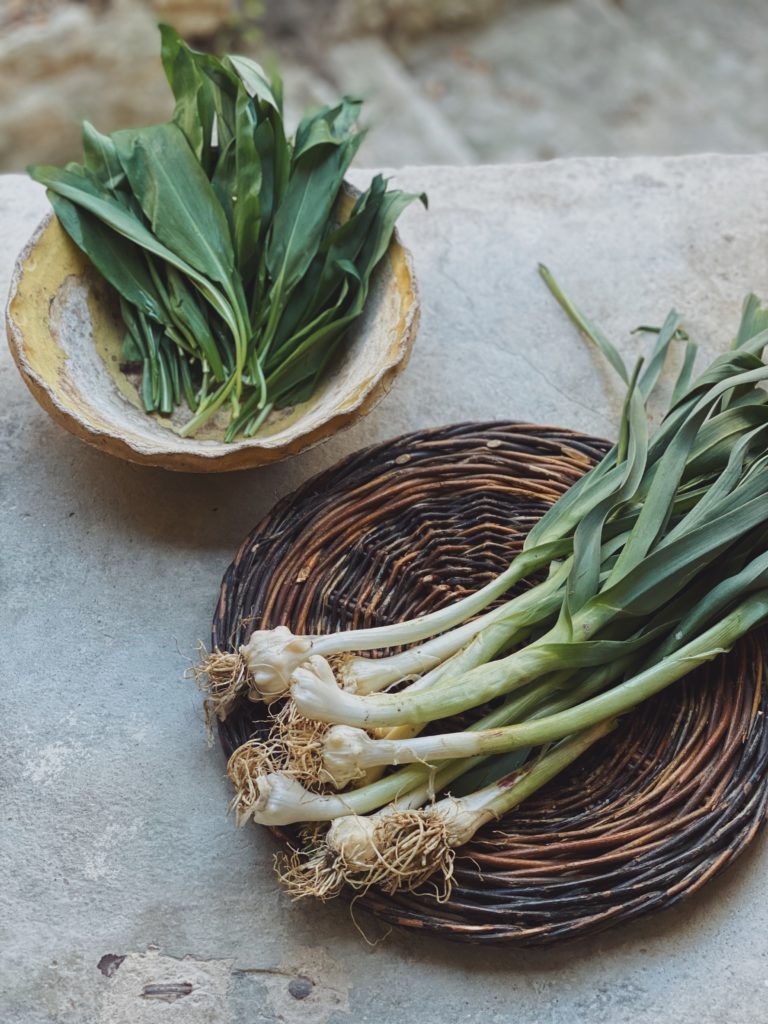I, like all of you, have been following the news with a heavy heart. There is no reconciling or making sense of what is unfolding in Ukraine, and at times it feels near to impossible to focus on regular day-to-day tasks when such violence is occurring. Like many others, I have been following Olia Hercules and her friend Alissa Timoshkina for updates and their initiative #CookForUkraine, which encourages us to cook and share Ukranian recipes, host supper clubs, and donate. What started off as an idea between friends with a mutual love of food and a desire to help those in need, #CookForUkraine aims to increase awareness of the humanitarian crisis the world faces right now, as well as raise the funds needed to aid children and families in Ukraine who have been displaced by the current situation. Since its inception, hundreds of people from different backgrounds and nationalities have reached out and shown their solidarity by joining this initiative, cooking, baking and sharing Ukrainian and Eastern European inspired dishes at their restaurants with their guests, at home with their friends and across social media with their family and followers. It also provides a platform for Ukrainian families and their supporters to share recipes with each other, along with the stories behind those dishes.
Today I made a version of Olia’s Ossetian pie. It’s a cross between a pie and a stuffed flatbread and is so unbelievably moreish and savoury that I know I (and you) will want to adapt it with different fillings through the changing seasons. Ossetian pies are traditionally prepared with a variety of different fillings (meat and herbs, or cheese and seasonal greens) and brushed with butter. They are deeply nourishing and comforting for trying times. Making them was a truly emotional experience, knowing that they carry with them Olia’s heart and soul and that of the Ukrainian people. Traditionally served in threes, each pie signifies a different element: earth, water, and fire. I fell in love with the origins of this recipe, and with their outstanding flavour. My version of the Ossetian pie is gluten free and packed with fresh wild garlic leaves and wild leeks, which are both popping into season as we nudge towards early spring. If you are not able to forage or buy these seasonal treasures, you can use sorrel and spring onions instead, or just spinach; they will taste wonderful.
I am sharing a few resources I have found helpful or informative below. Alongside these, I will be donating the proceeds for all new subscribers to the Membership who sign up in March to the #CookforUkraine initiative. The Membership costs just £21 a month and you can cancel at any time. If you would like to subscribe, and for me to donate your £21 March subscription to the #CookForUkraine initiative, please enter cookforukraine in the code box at registration. To find out more about the Membership click here and here.



Wild Garlic & Wild Leek Stuffed Flatbreads
- Yield: Makes 3 flatbreads 1x
Ingredients
For the dough:
140g sorghum flour
120g tapioca starch
70g brown rice flour, plus extra for dusting
17g psyllium husk powder
345ml oat milk (or filtered water)
9g active dry yeast
1 tbsp extra virgin olive oil
1 1/2 tsp sea salt
1 tsp honey
For the filling:
200g sheep or goat’s milk feta
200g spinach (or young nettles)
70g wild garlic (or sorrel)
3 wild leeks (or spring onions)
A little freshly squeezed lemon juice
Sea salt & freshly black pepper, to taste
Before serving:
1 tbsp ghee, melted (for brushing when baked)
1 tsp smoked (or regular) flaky sea salt (I love Maldon)
Instructions
To make the dough, pour the oat milk (or filtered water) in a small pan and heat until warm (about 110°F/43°C). Remove from the heat and whisk in the dry yeast and honey until dissolved. Leave to activate for about 15 minutes, or until frothy.
Meanwhile, whisk together the sorghum flour, tapioca starch, brown rice flour, psyllium powder, and salt. Pour in the yeast mixture and olive oil. Stir to combine with a fork or spatula, incorporating the flour mixture into the liquid until it starts to form a dough. If you have a stand mixer with a dough hook, you can mix the dough for 3 minutes on a moderate speed setting until the dough is smooth. Either way, the dough will appear a bit sticky at first, but it should hold together well and have some bounce. Add a little more flour or milk if necessary.
Dust a work surface and baking sheet with a little brown rice flour. Turn out the dough onto the work surface and form into a cylindrical shape. Cut the dough into three equal pieces and roll each piece into a ball. Place on the baking sheet, allowing a good three inches of space between each ball to allow for expansion as the dough proves. Cover the dough with a clean tea towel and leave to rest somewhere warm for about an hour.
To make the filling, put the spinach (or nettles) into a medium pan of boiling water and cook for 2-3 minutes, then drain and immediately rinse with cold water. Using you hands, squeeze as much liquid out of the spinach as possible. Chop the leaves and stalks finely.
Shred the wild garlic leaves (or sorrel) and add to a bowl with the spinach and thinly sliced wild leeks (or spring onions). Crumble in the feta and a good squeeze of fresh lemon juice. Combine well and season to taste.
Preheat the oven to 220°C/425°F.
Dust your work surface and hands with brown rice flour. Take the balls of dough (which should have risen by now), and using a rolling pin, gently roll each piece of dough into a 30cm circle. Take the filling, and divide it between the centre of each prepared circle of dough. Take one edge of the circle and fold it into the middle. Take the next edge and fold it into the circle. Continue until you have created about six folds and it resembles a flattened purse. Flatten it a little with your palms to distribute the filling into the edges of the dough. Gently flour the top of each flatbread, turn it over, and carefully place them on a floured baking sheet. Make a little hole with the tip of a sharp knife to let the steam out as the flatbreads are cooking.
Cover the flatbreads with a clean tea towel and leave to rest again for 30 minutes to an hour.
Place the flatbreads into the oven and bake for 20 minutes. Meanwhile, melt the ghee in a small pan.
After 20 minutes, remove the flatbreads from the oven and brush with the melted ghee. Return to the oven for about 5 minutes, or until lightly golden. Sprinkle with smoked or regular sea salt.
Break open or slice the flatbreads when they are still warm, and serve with a leaf salad or alongside a spring soup or broth.


Resources
Nettle and Feta Ossetian Pies – the original recipe by Olia Hercules
#CookForUkraine website
Summer Kitchens by Olia Hercules, explores the culture of seasonal kitchens in her native Ukraine

